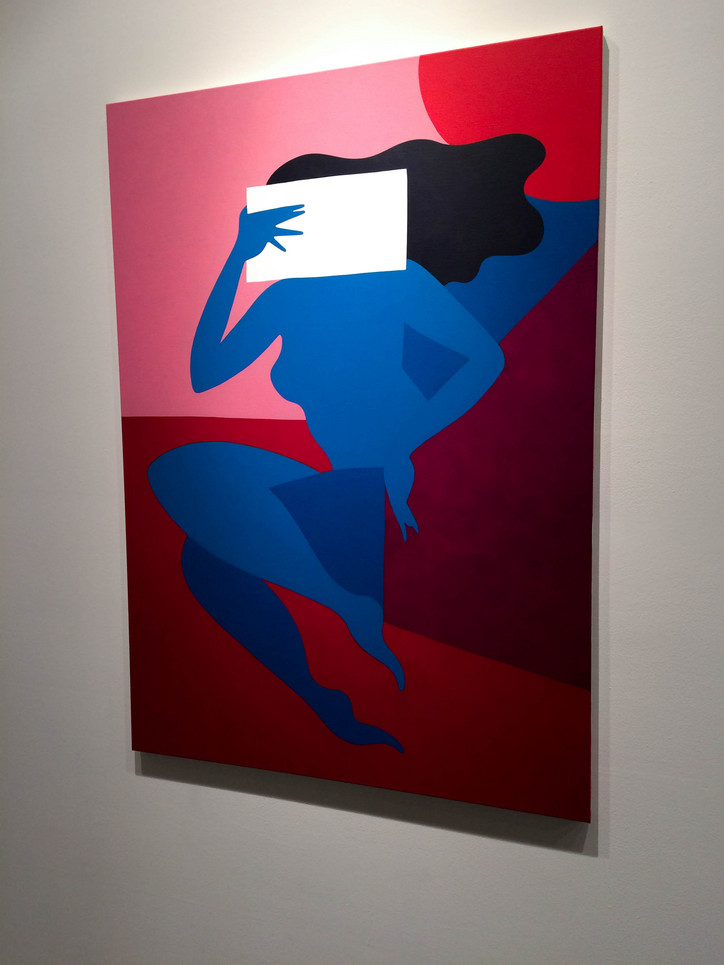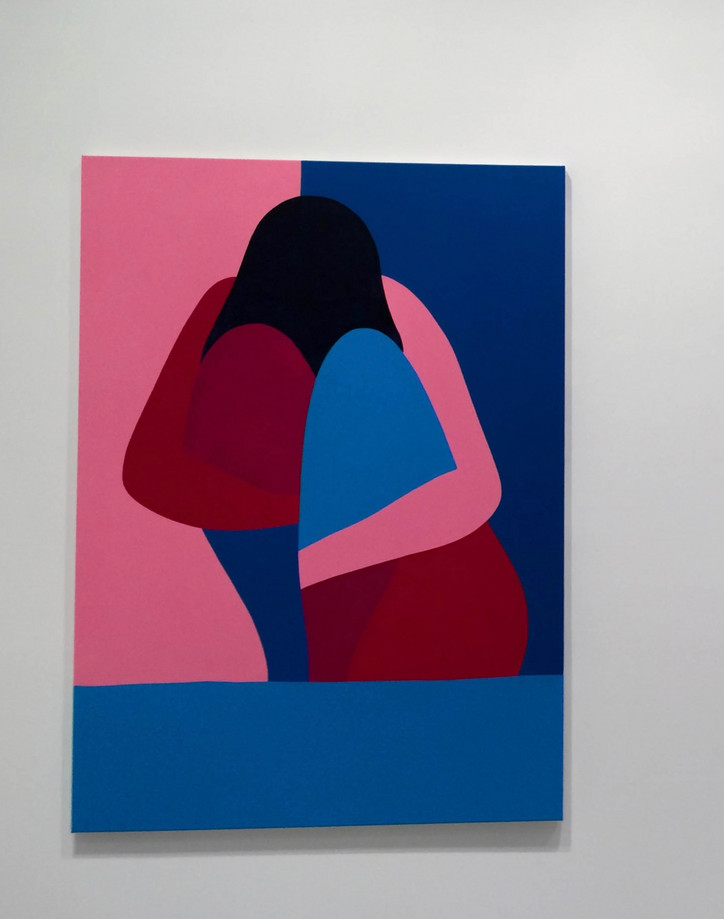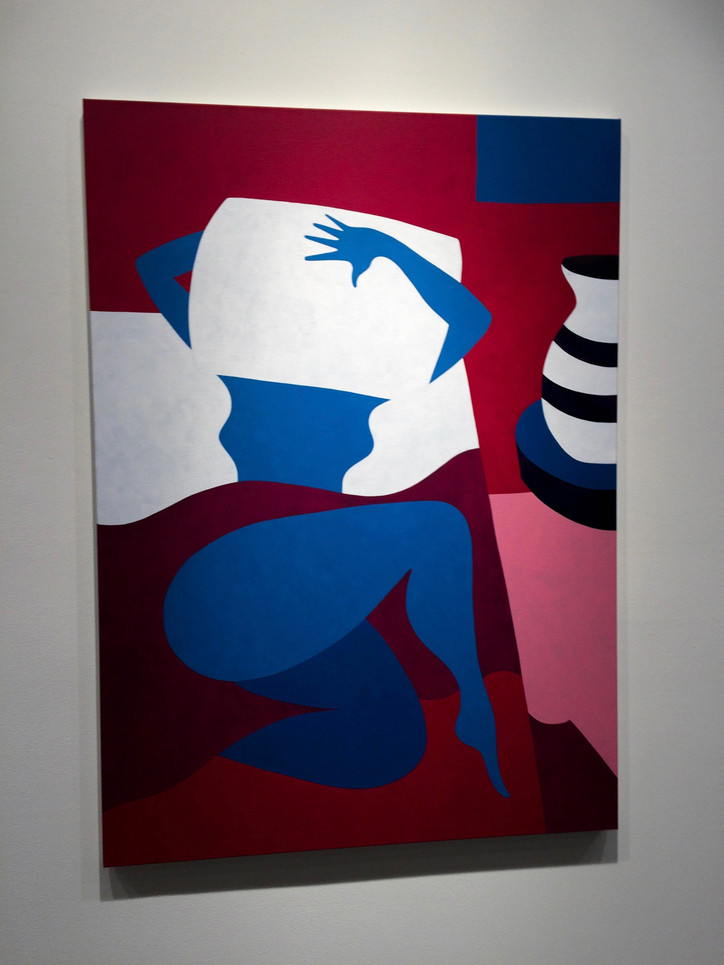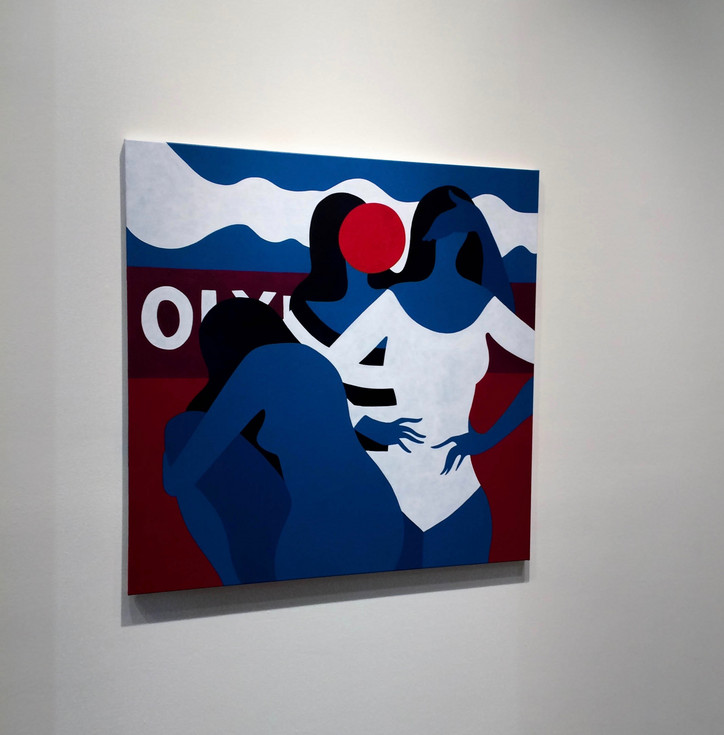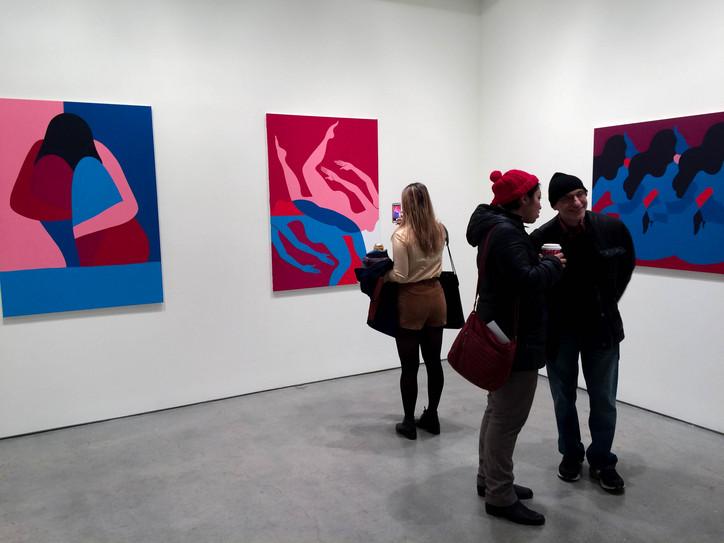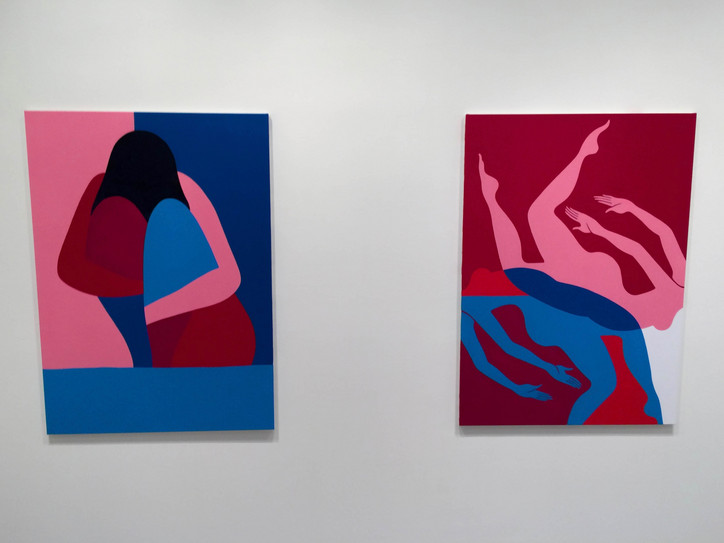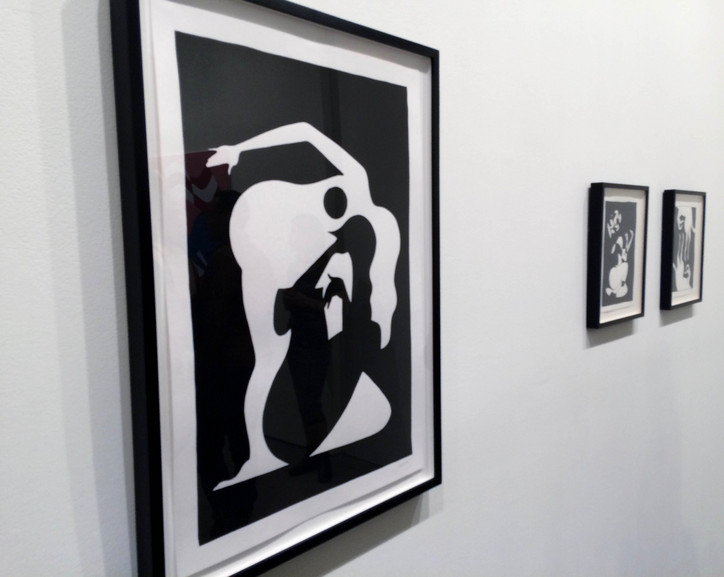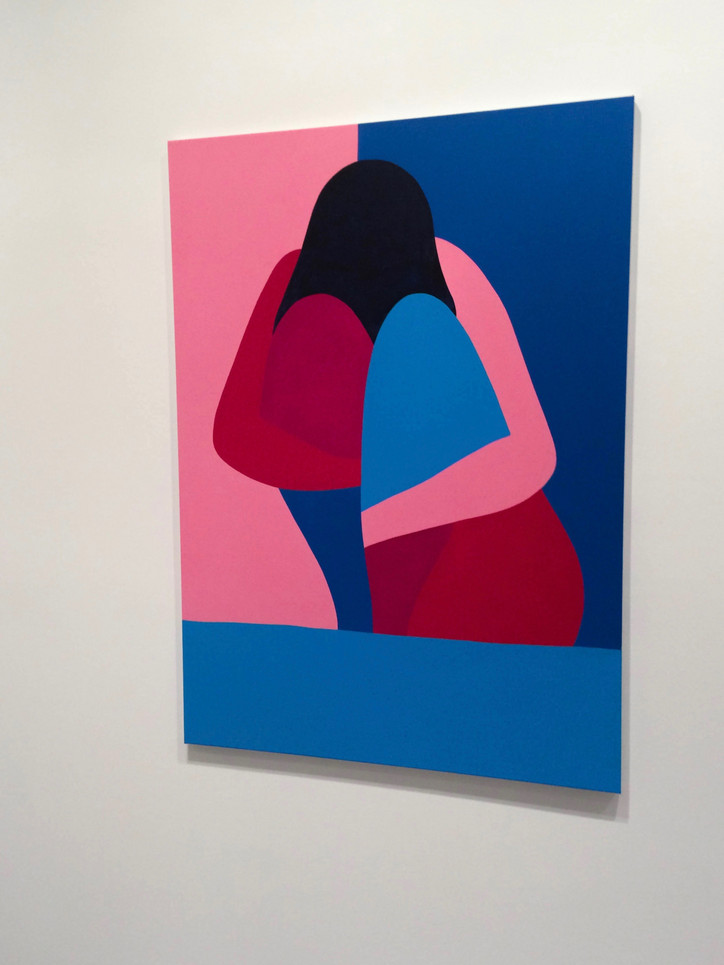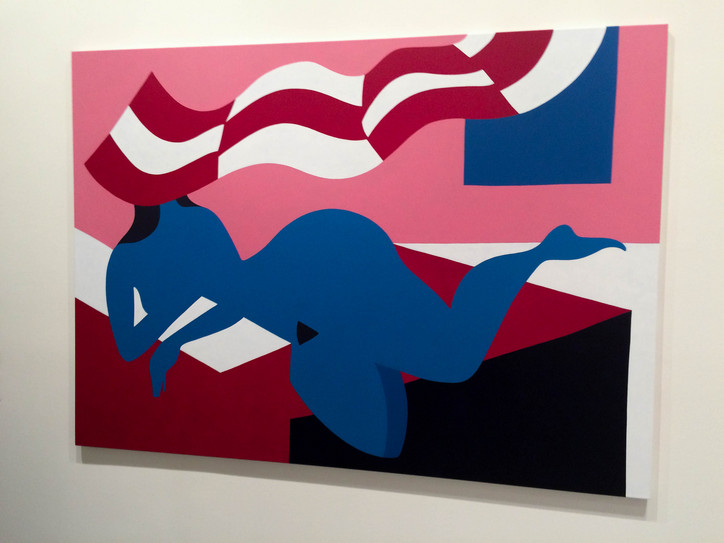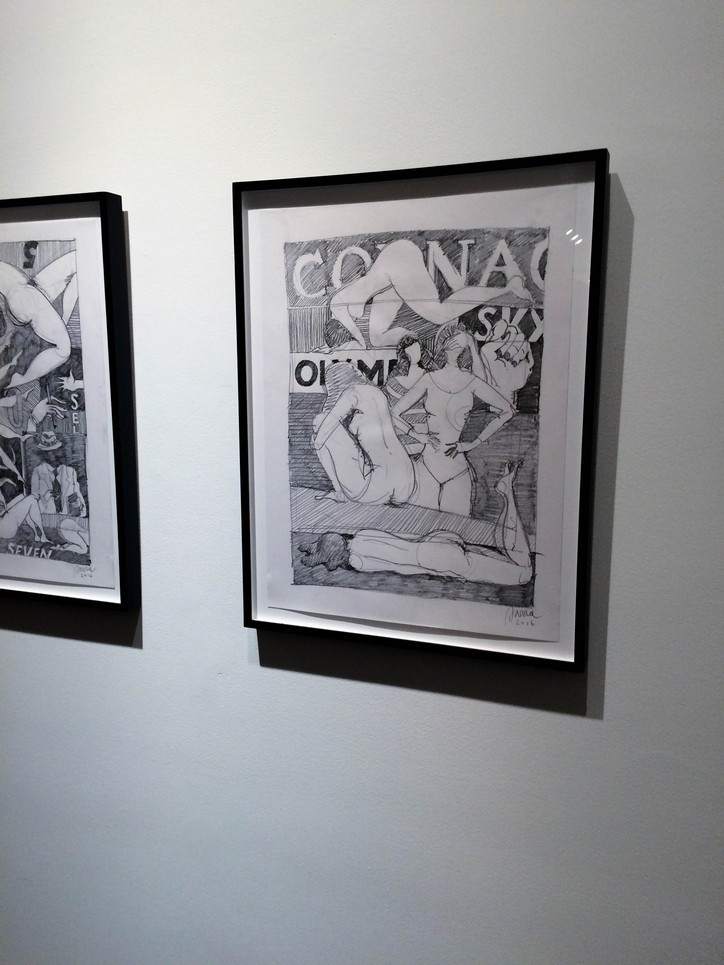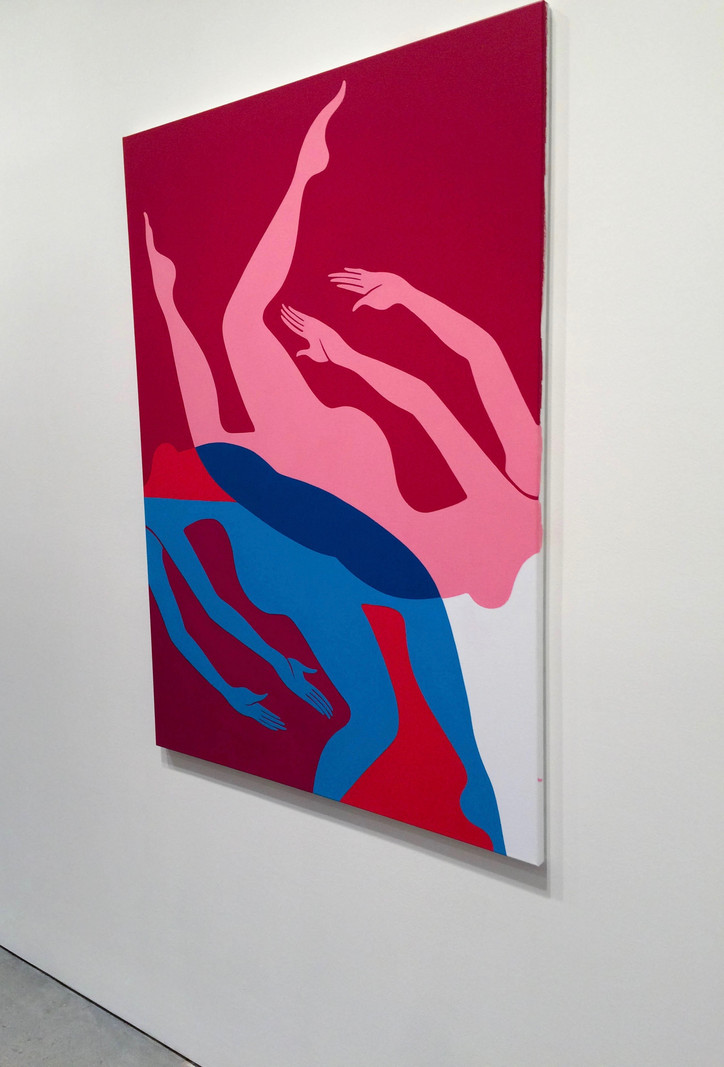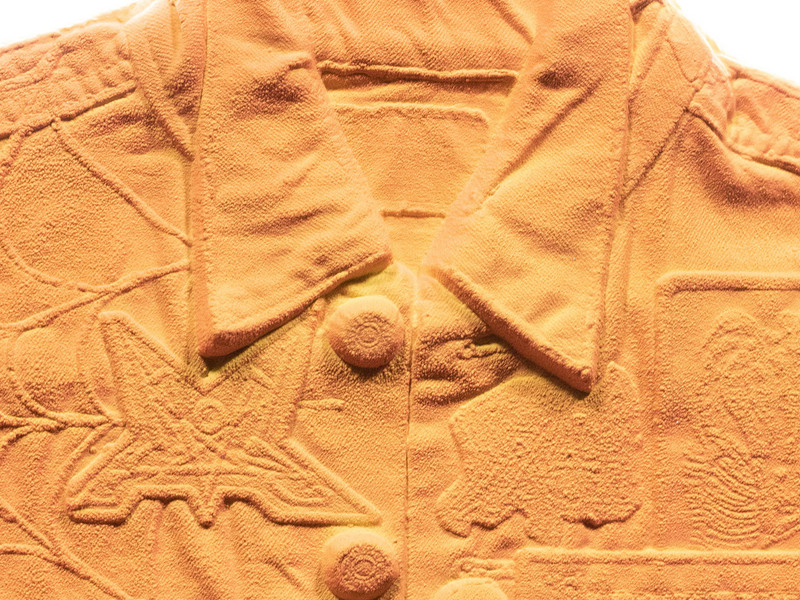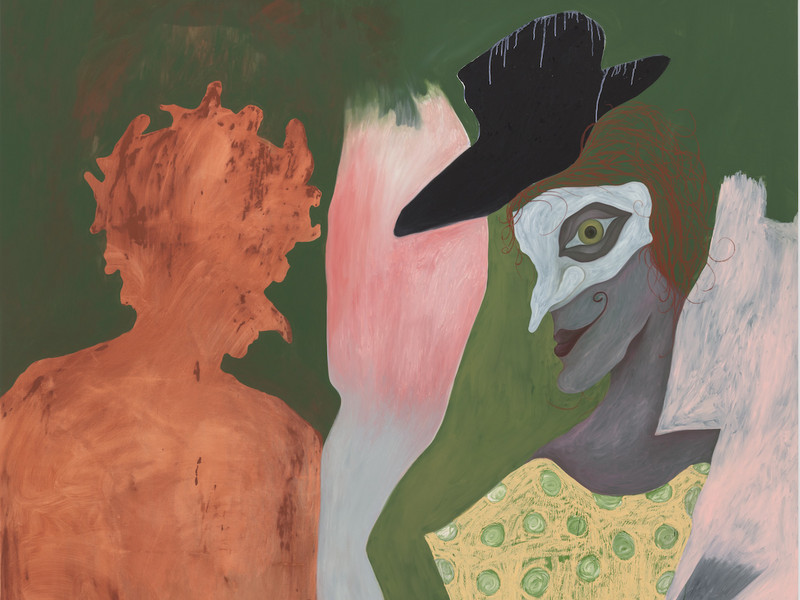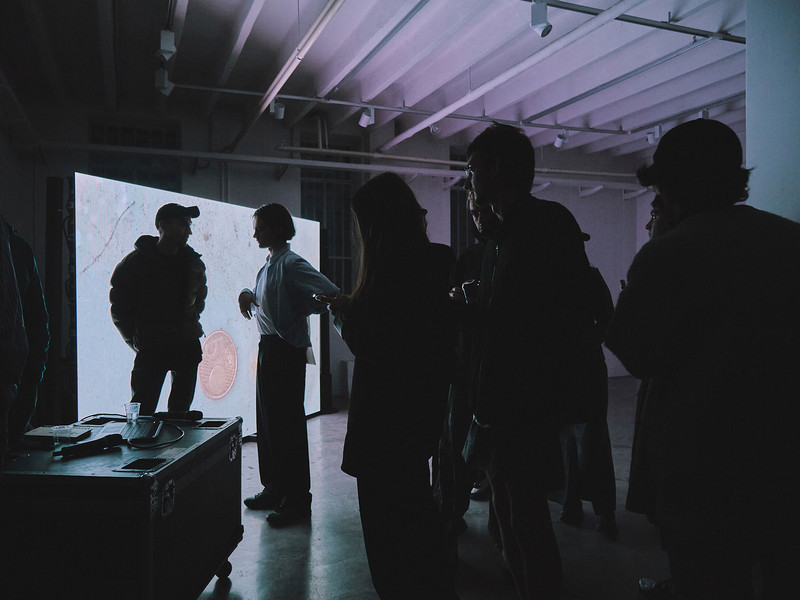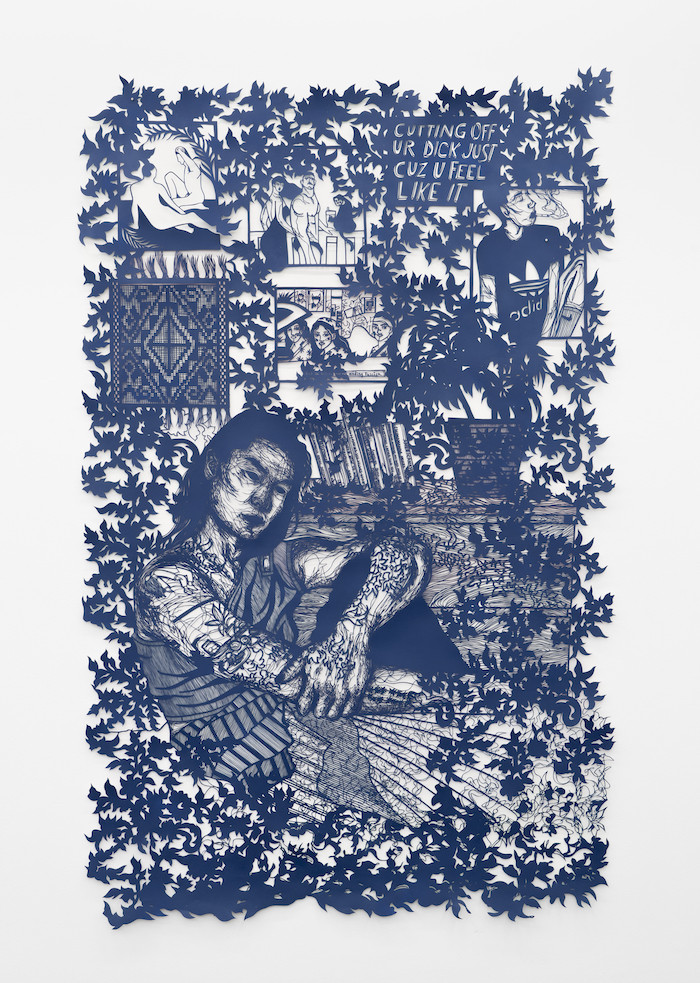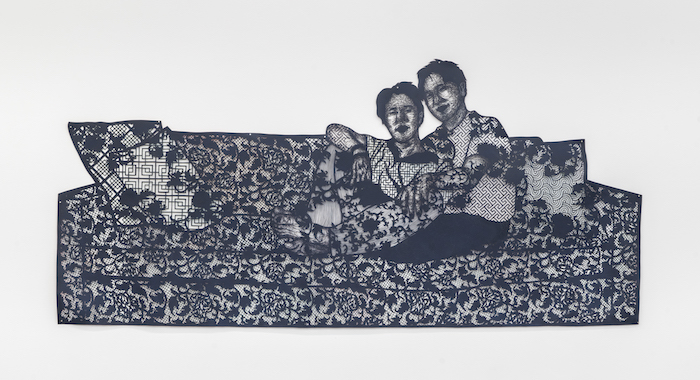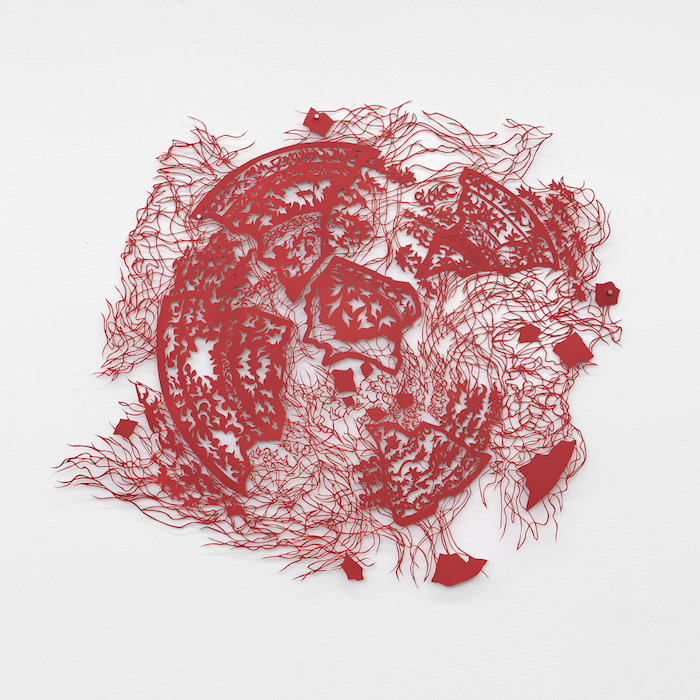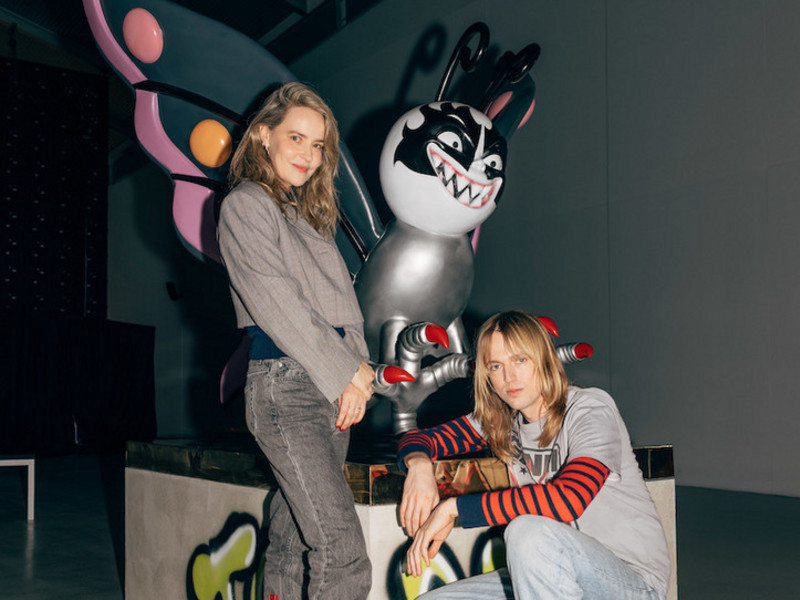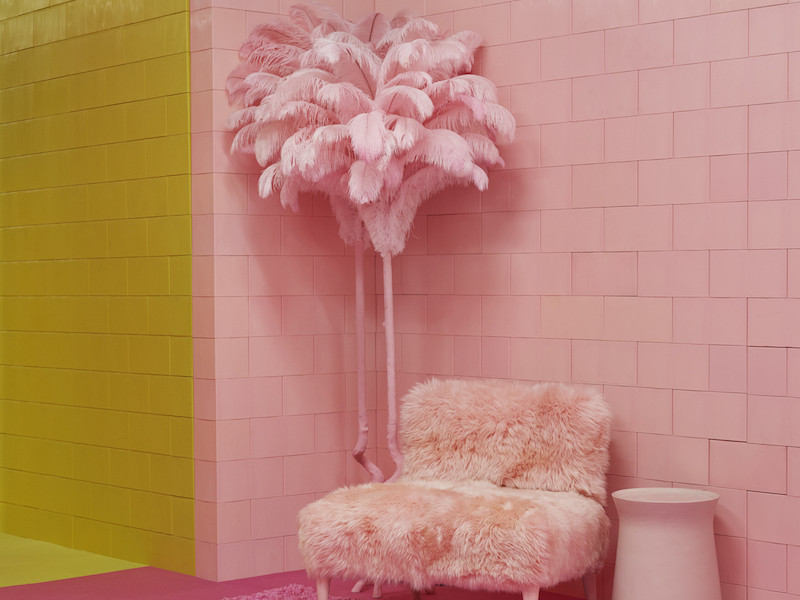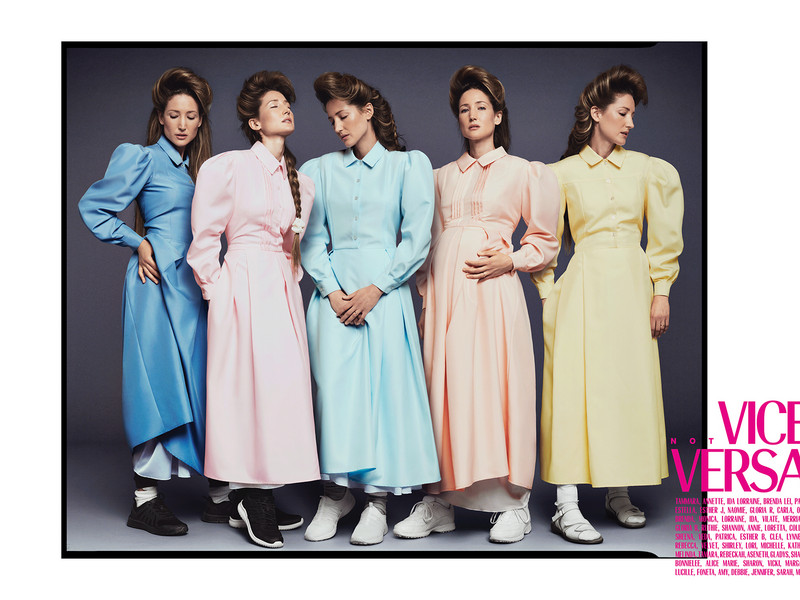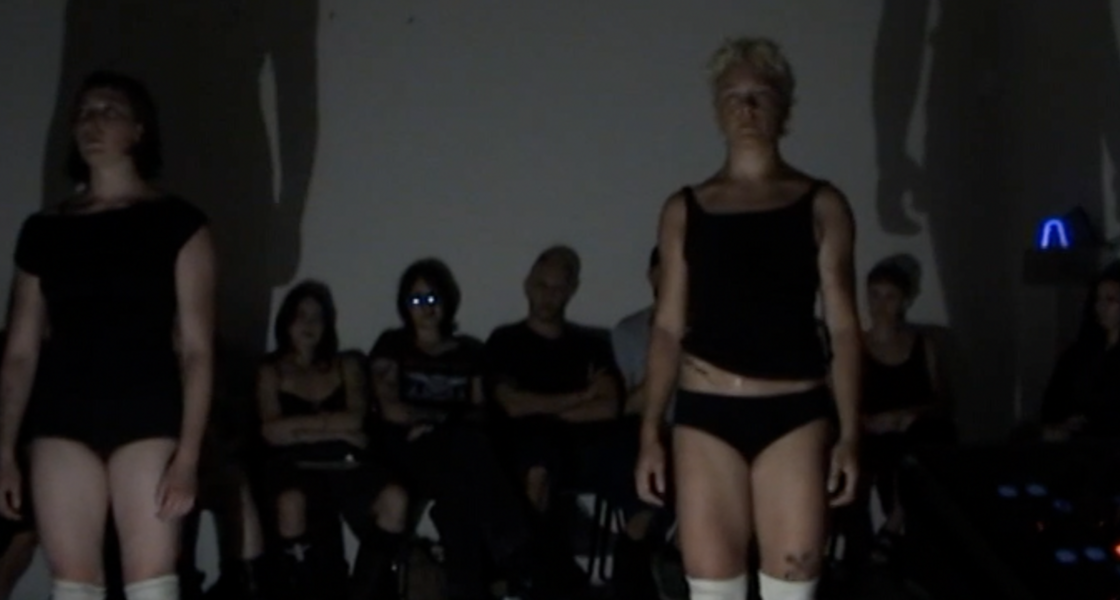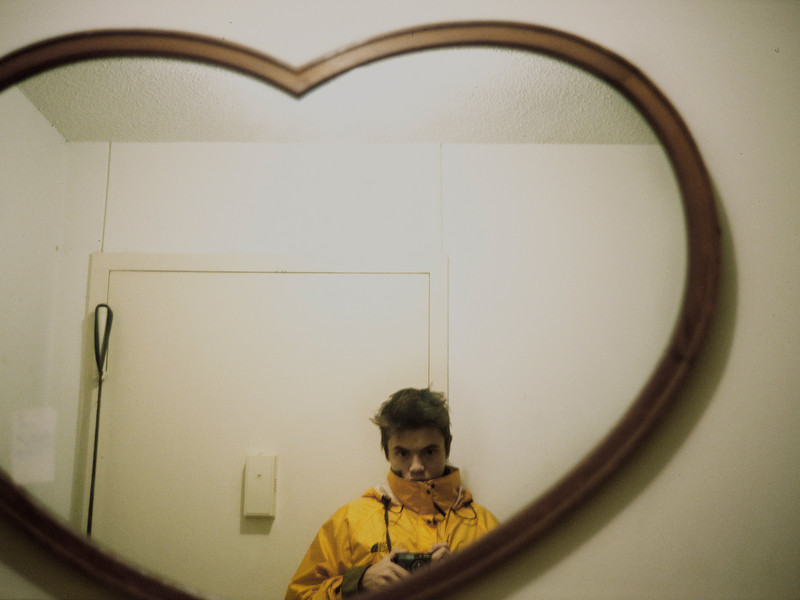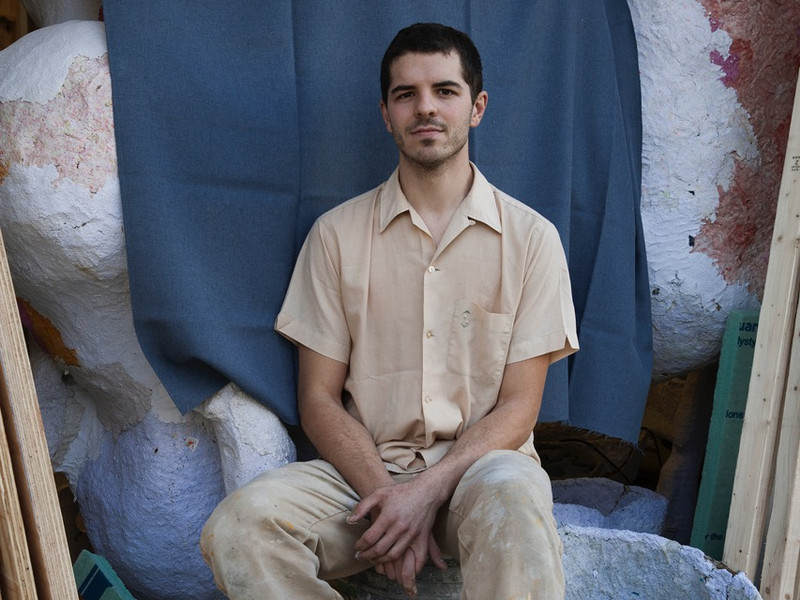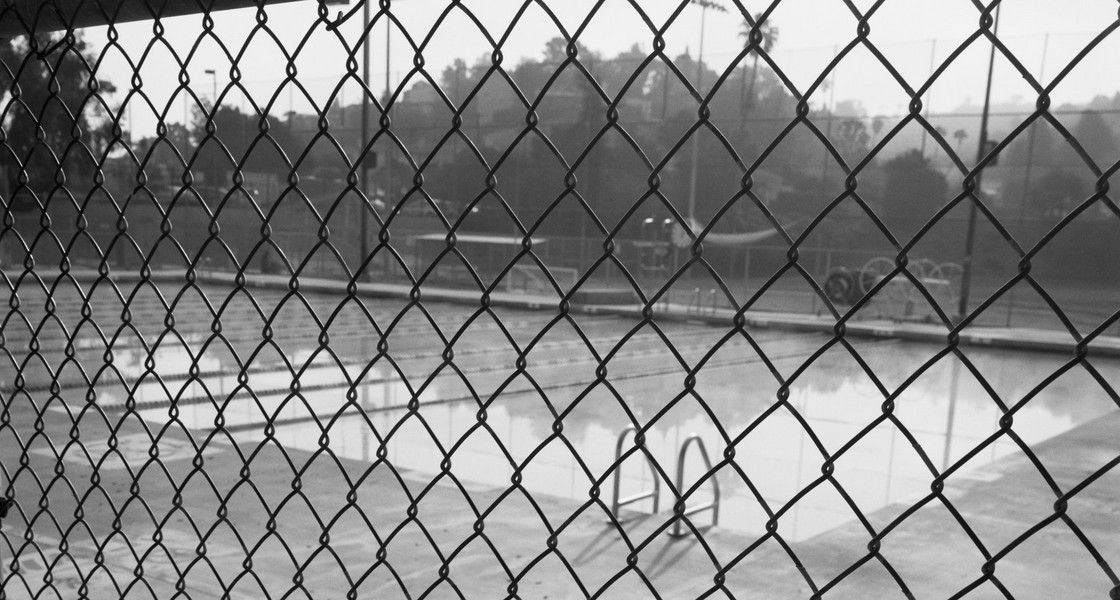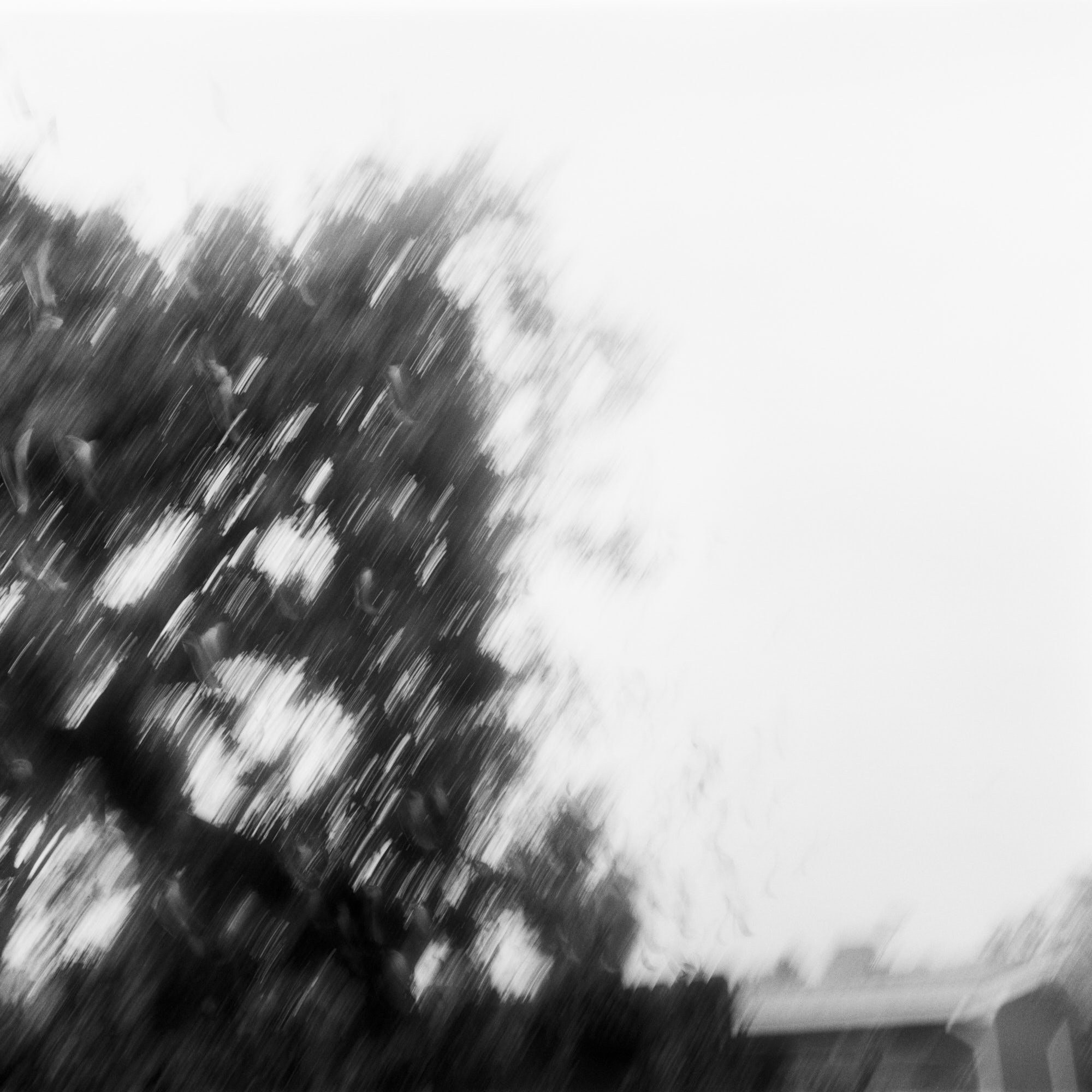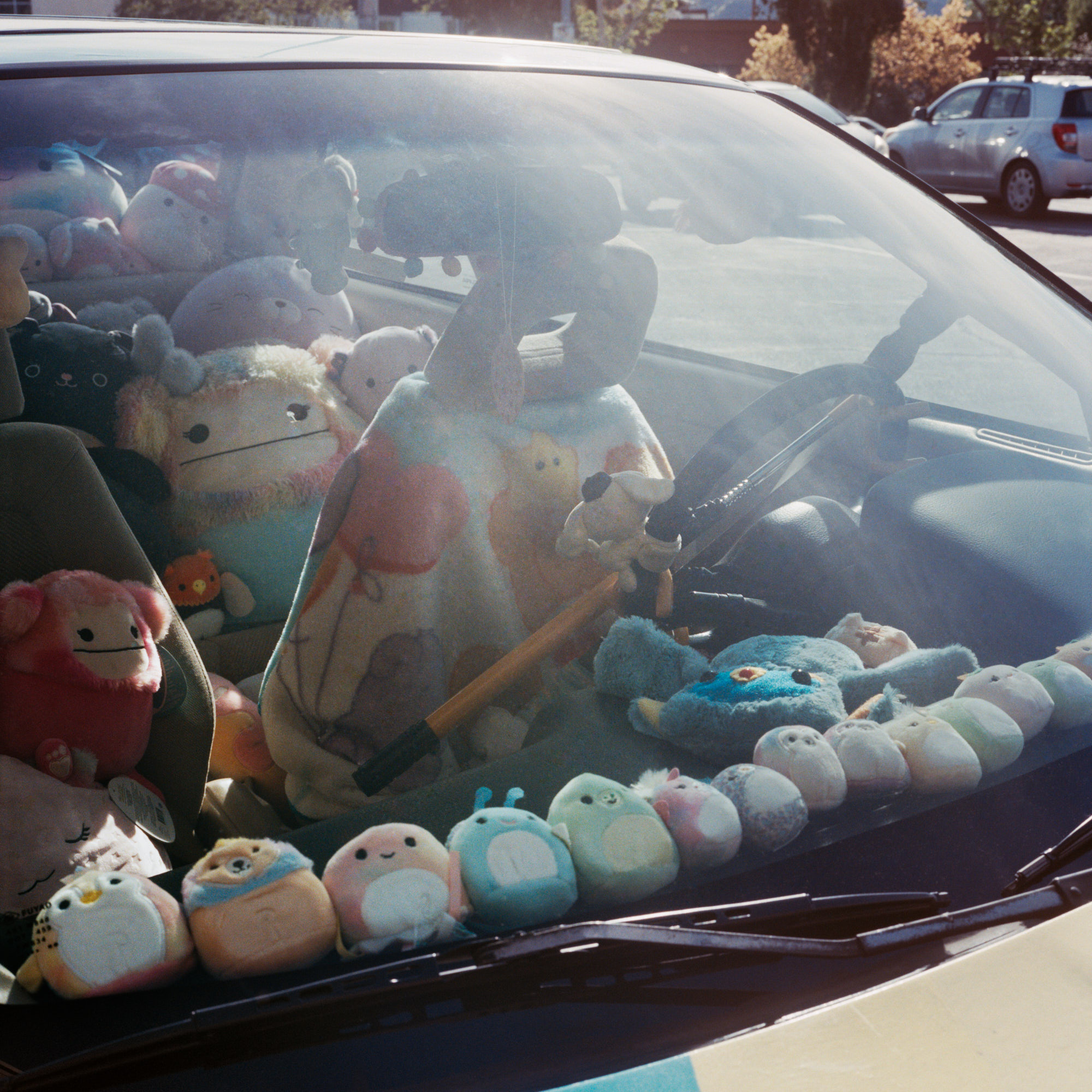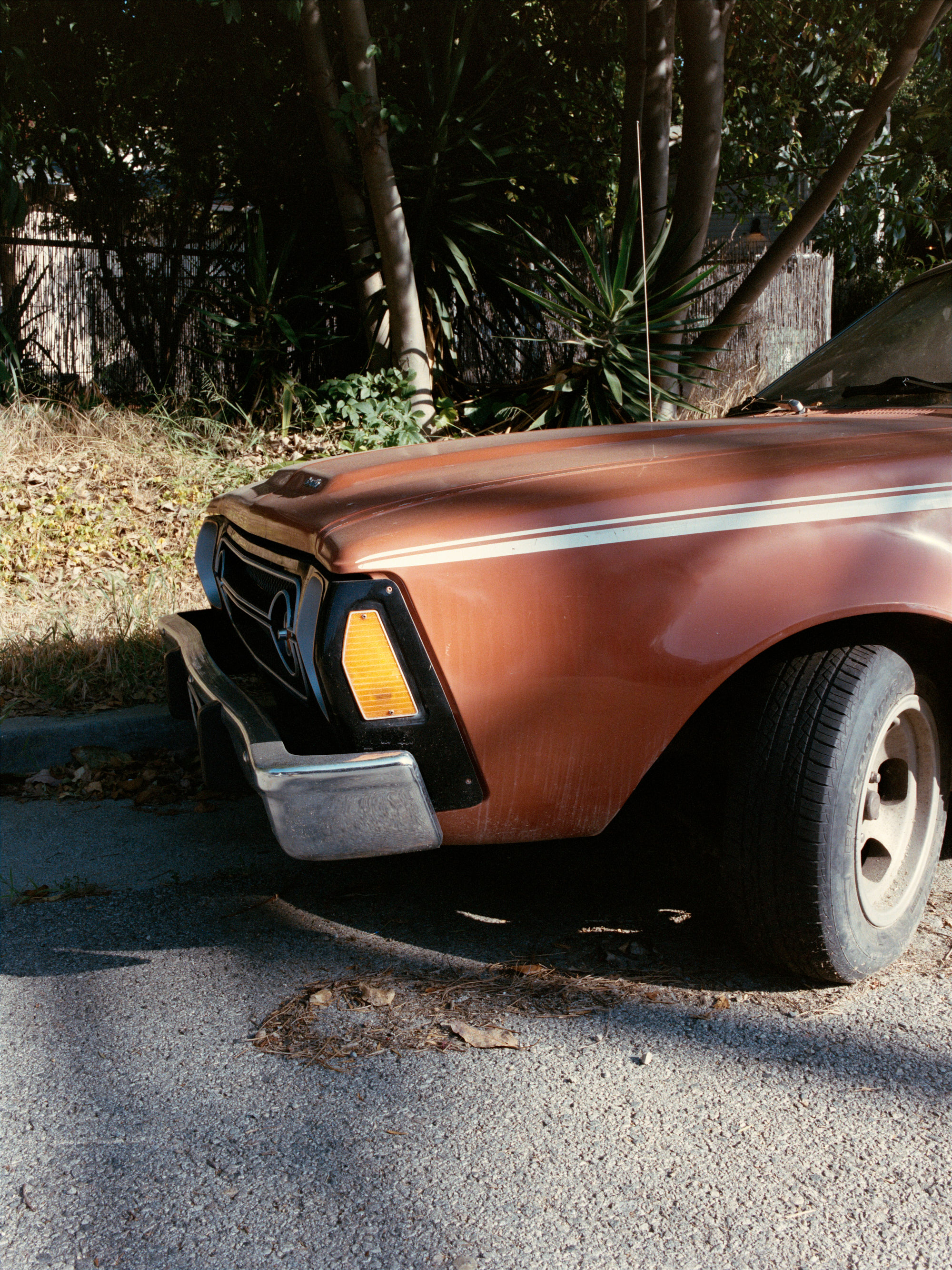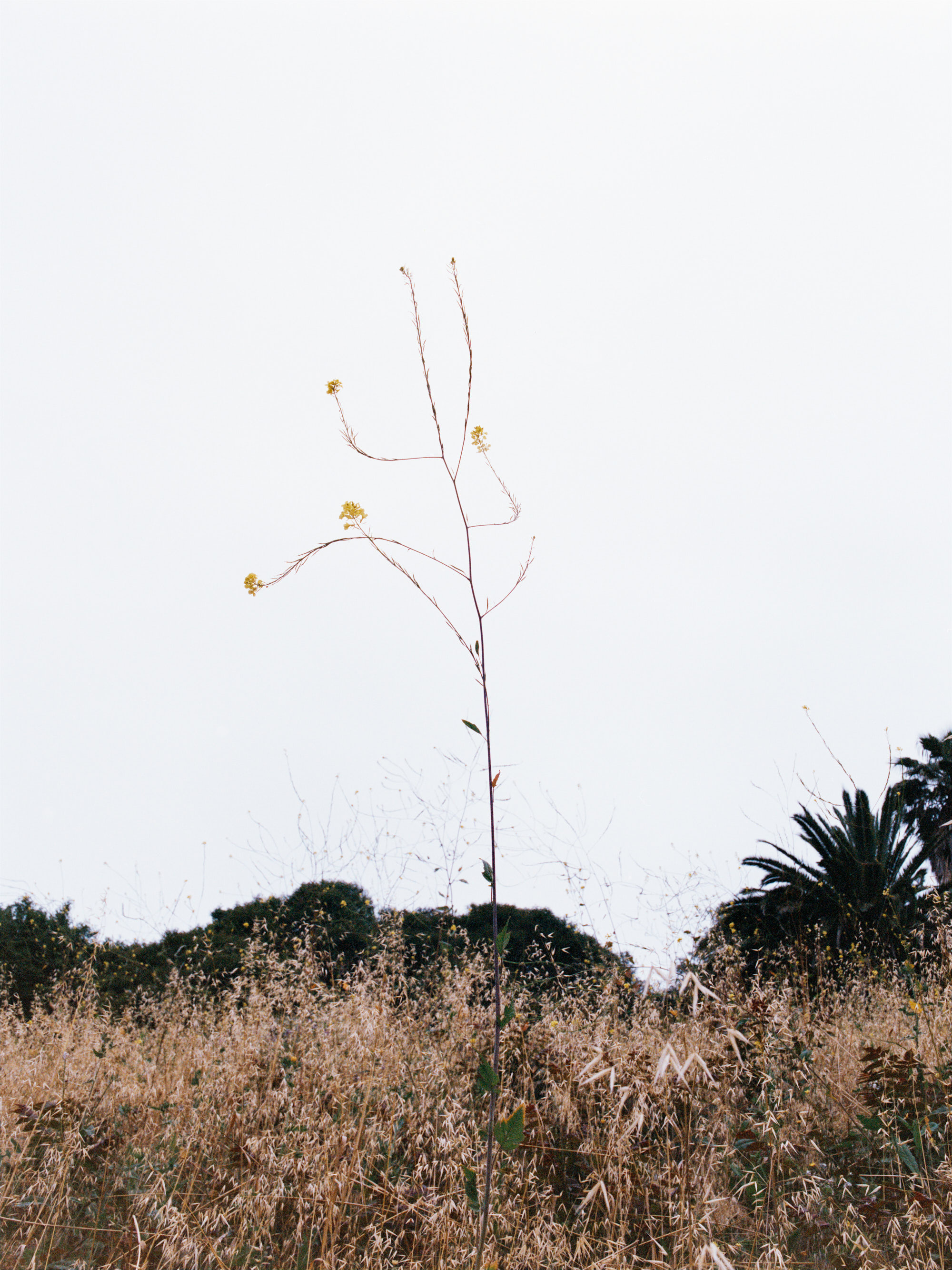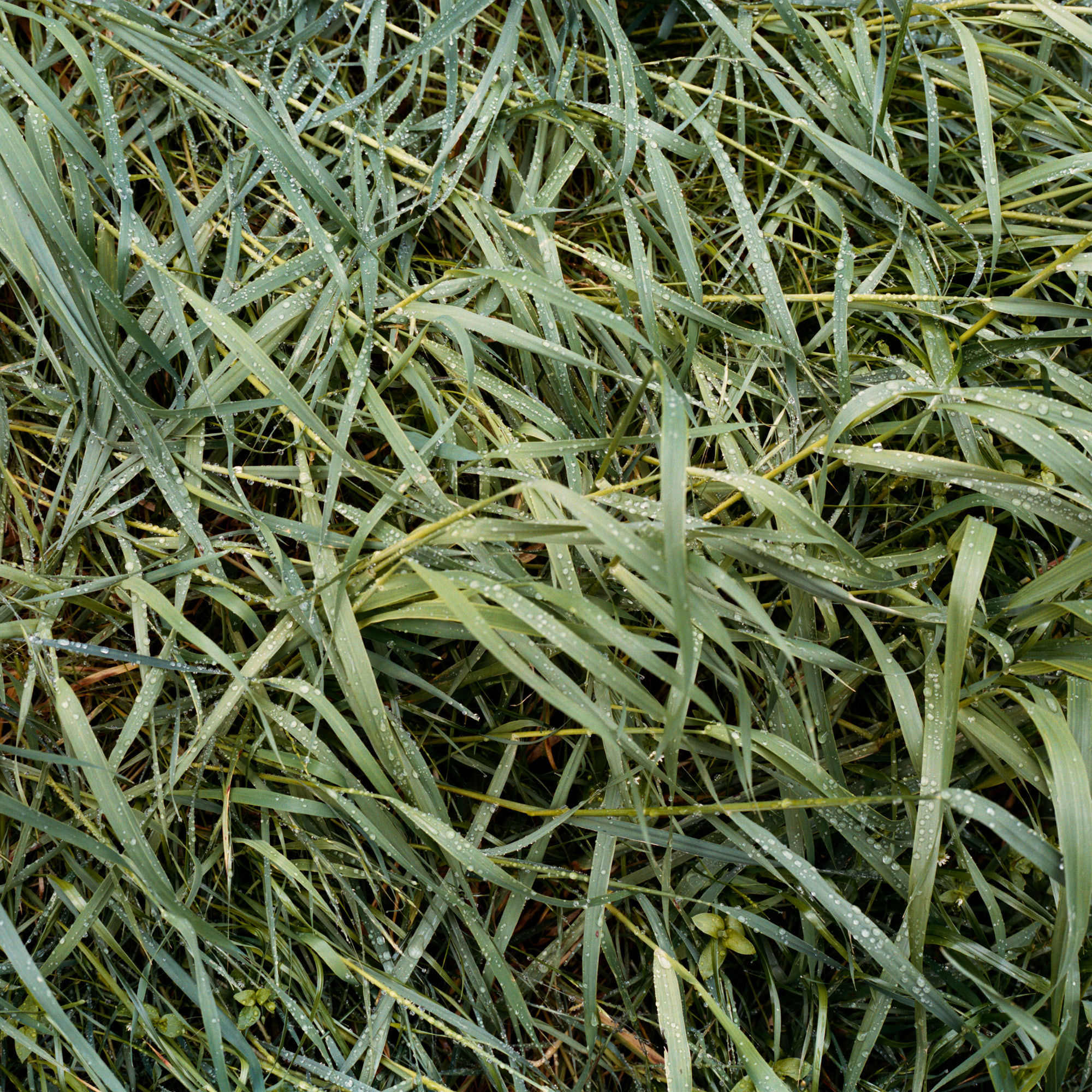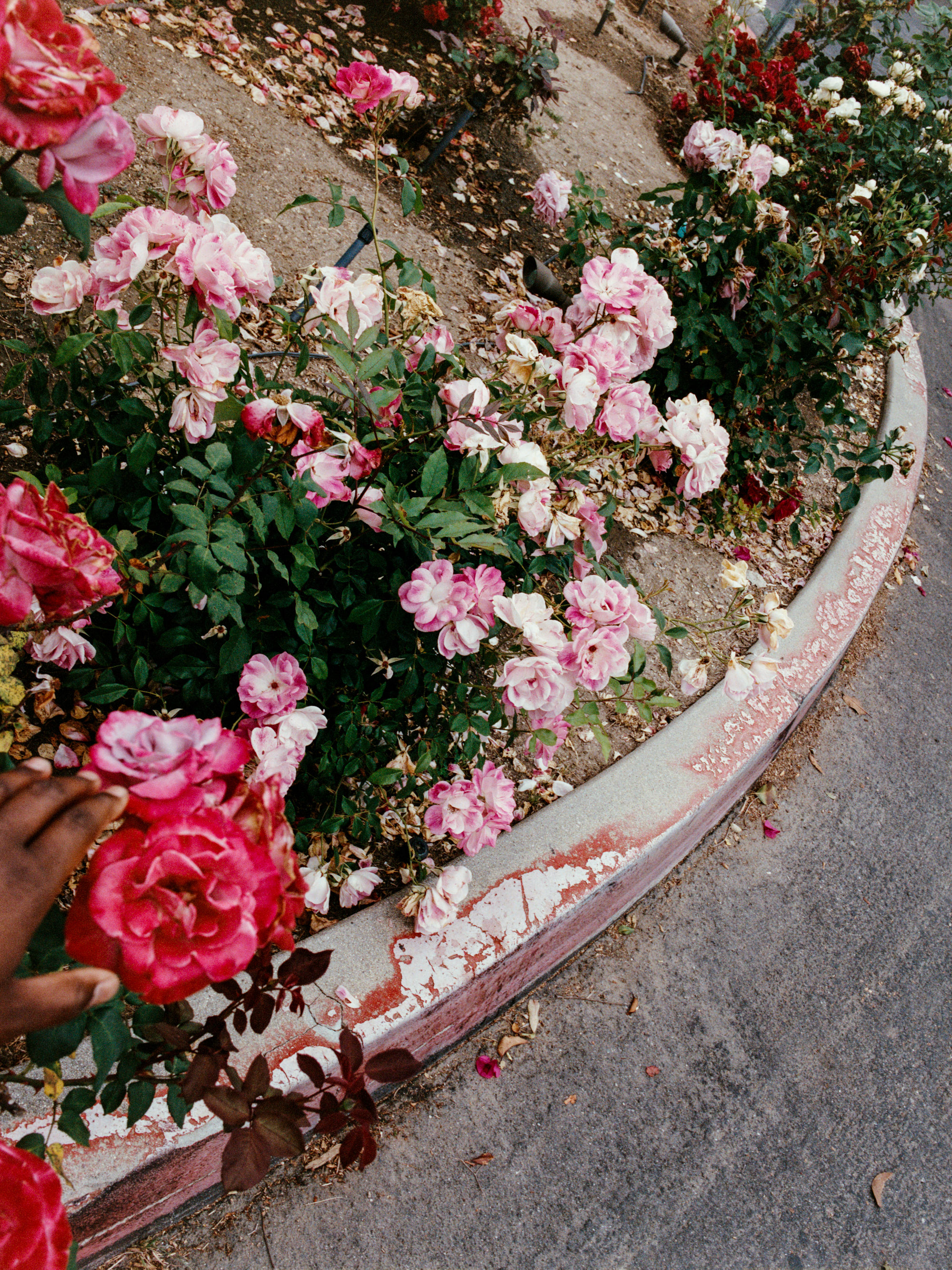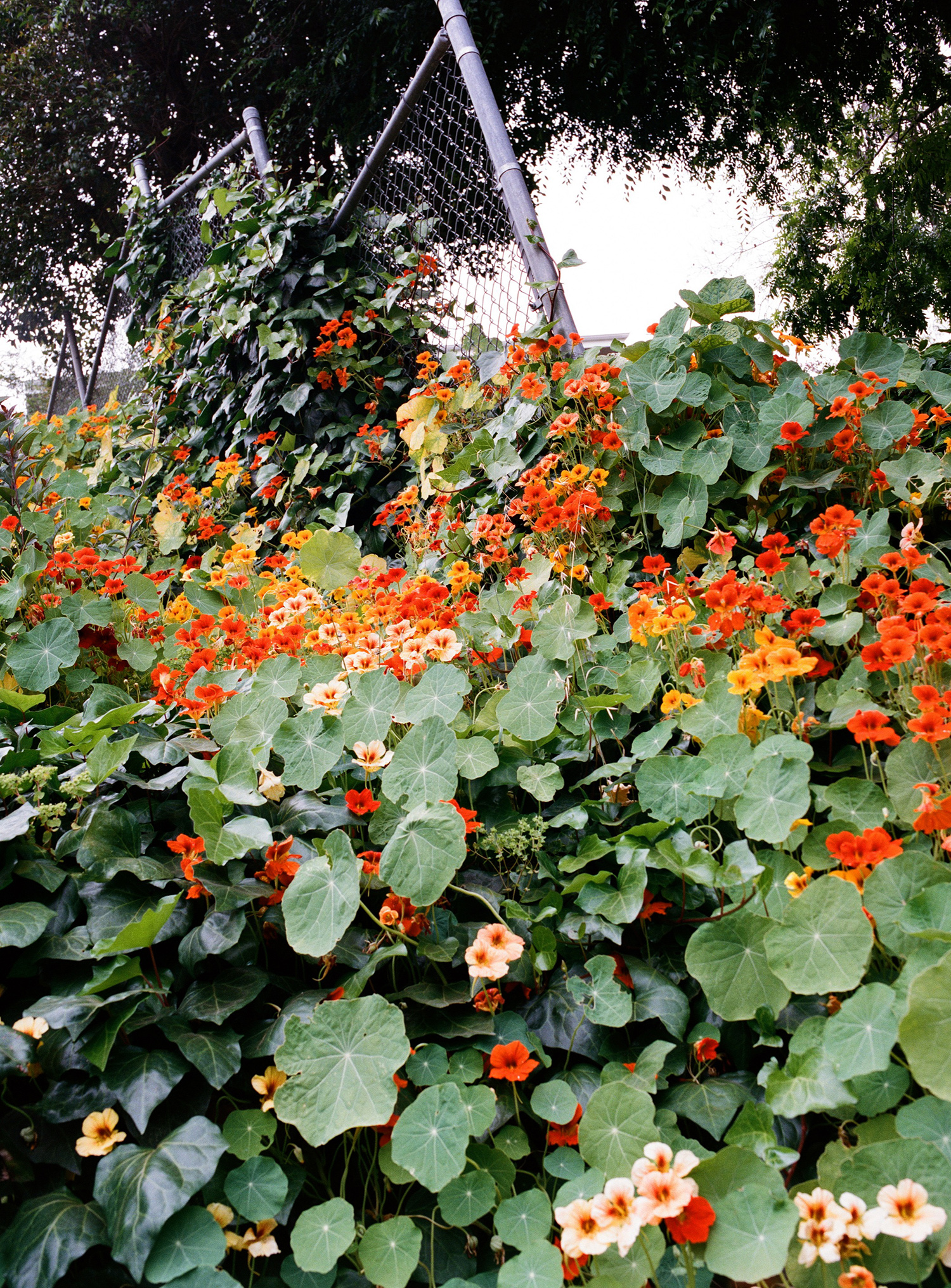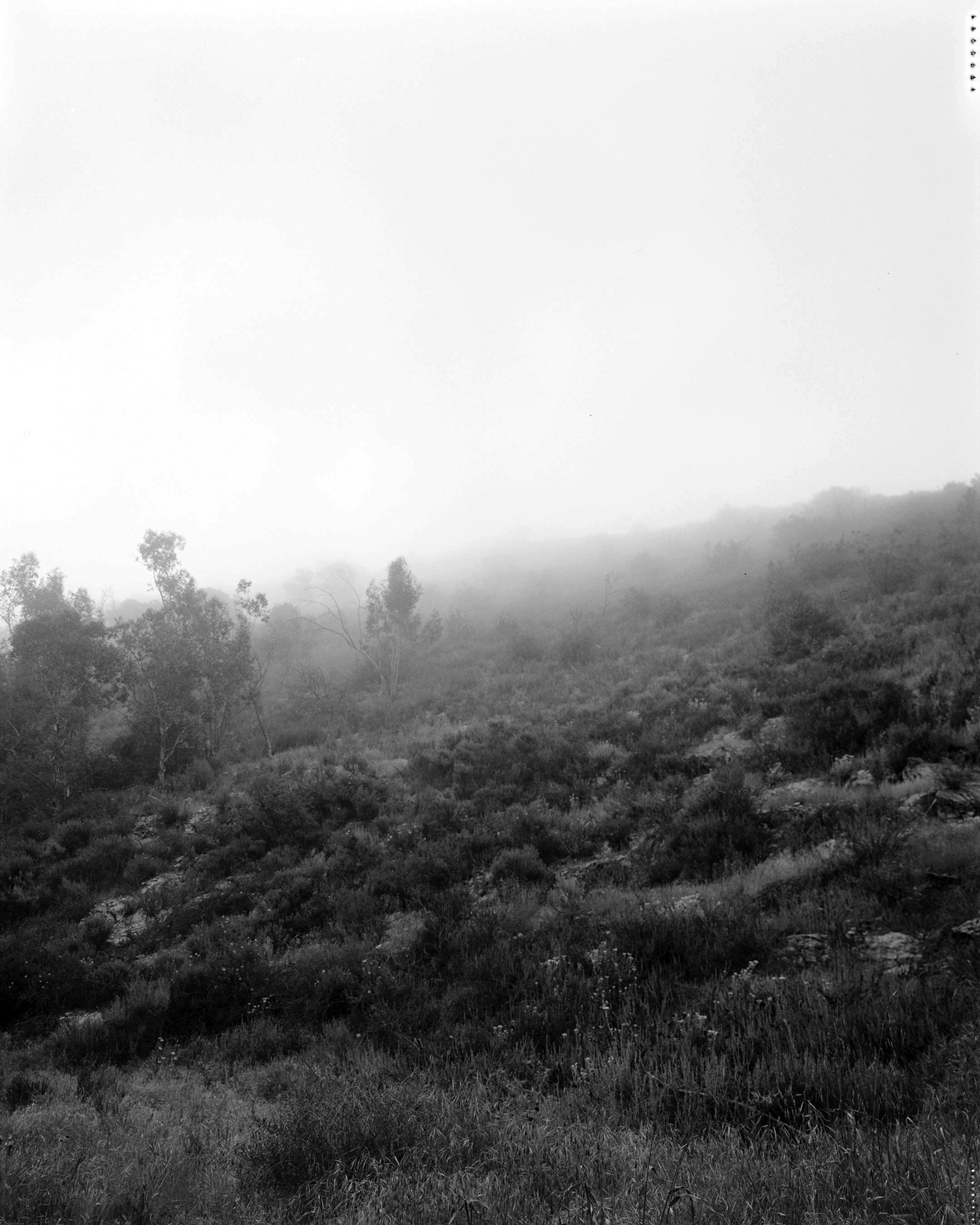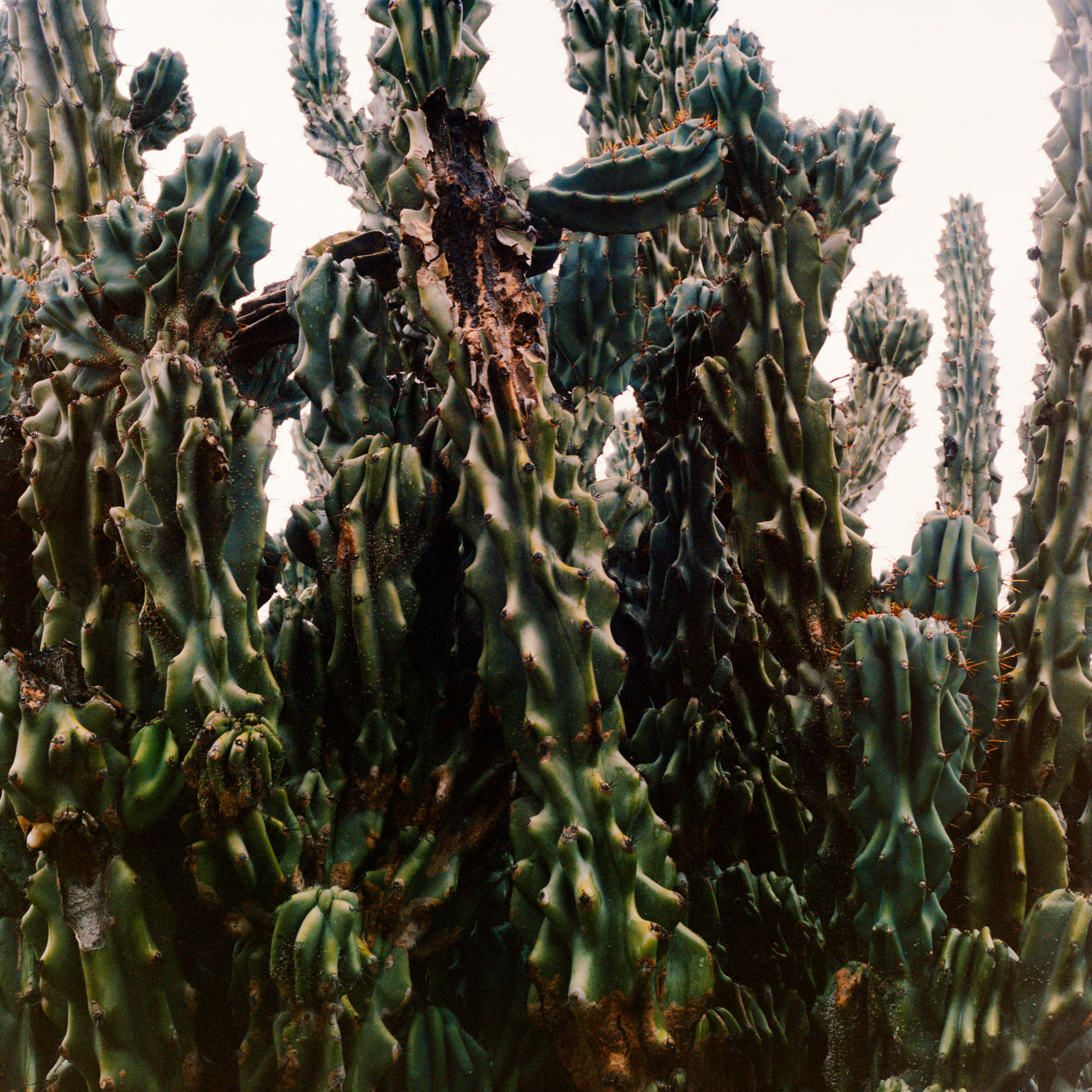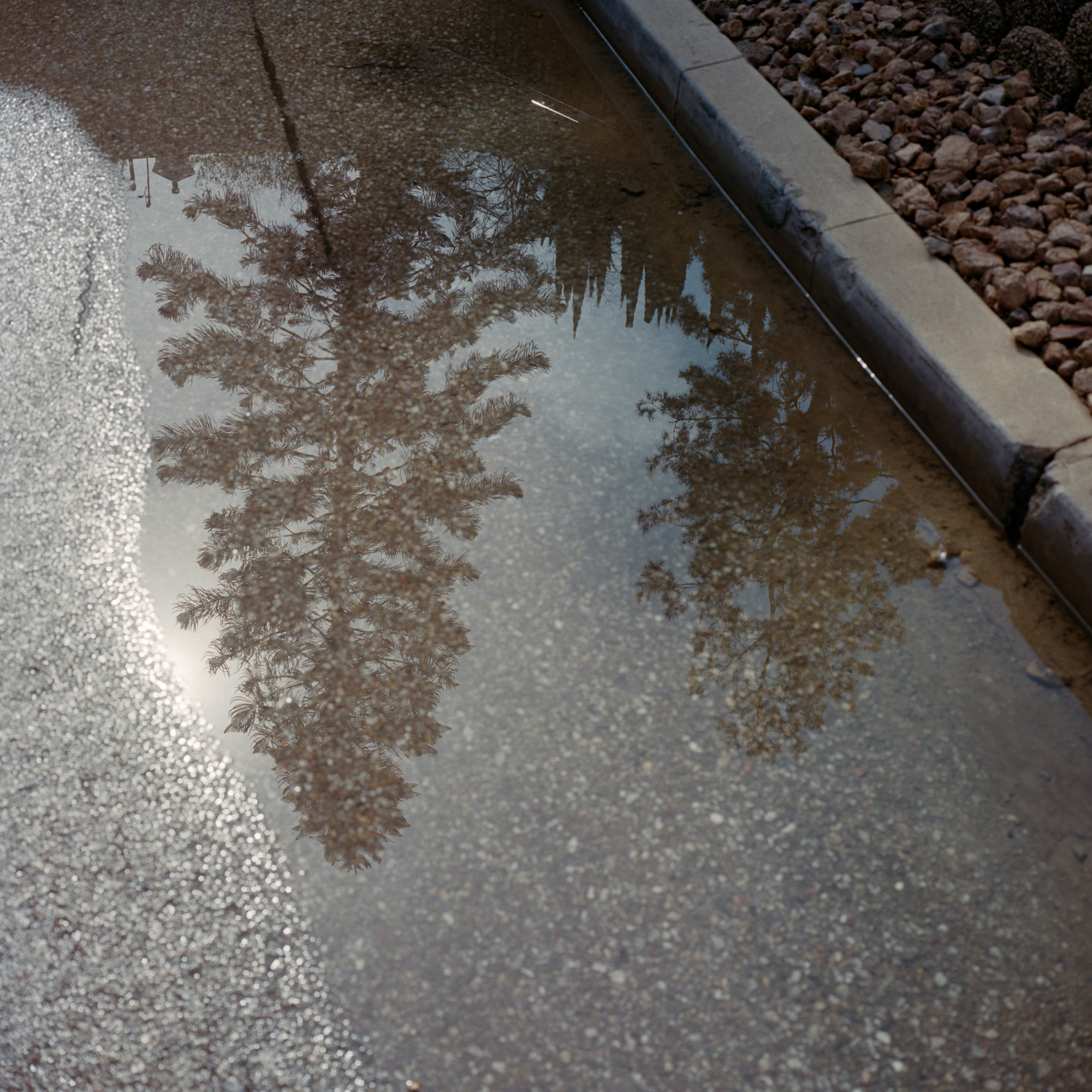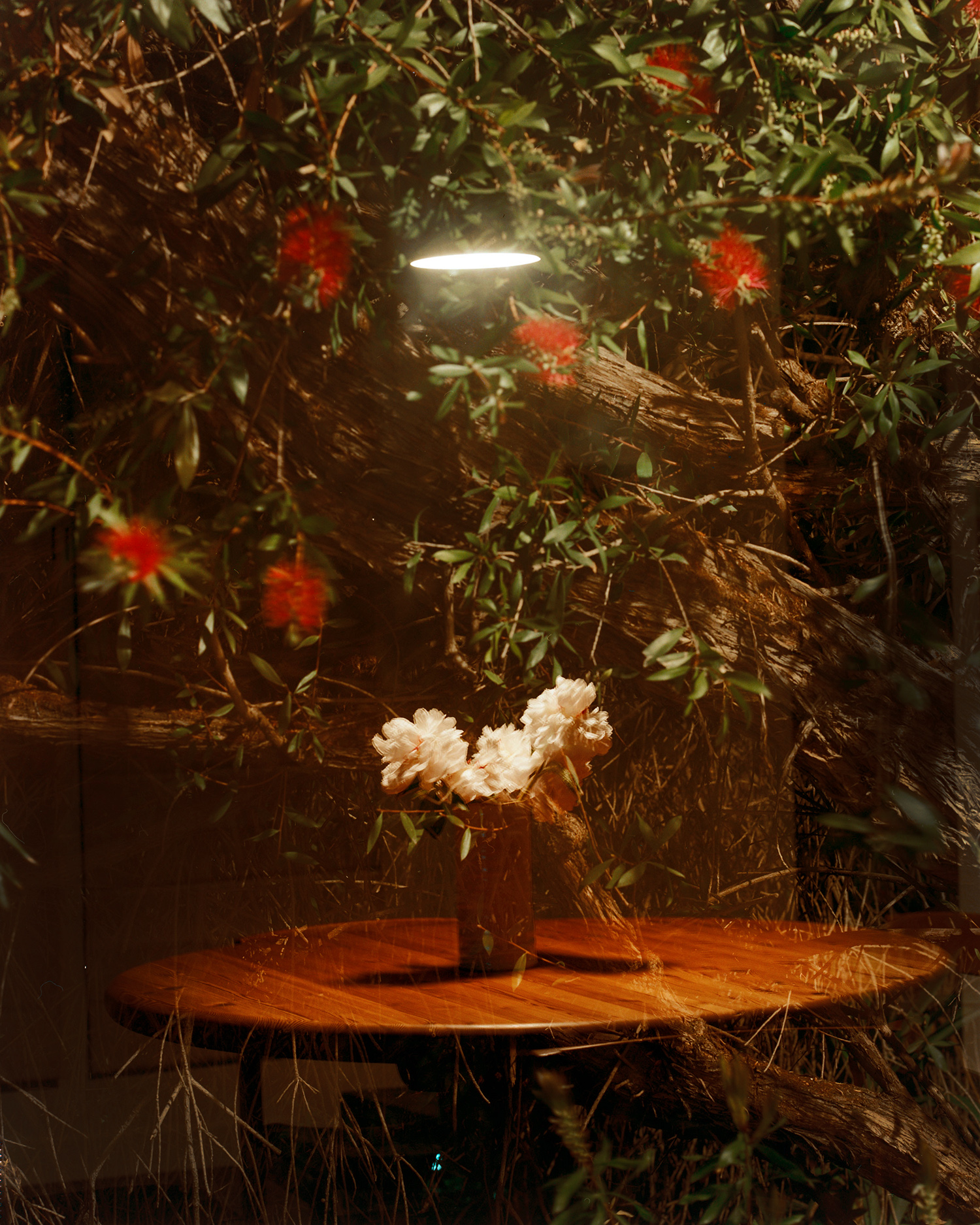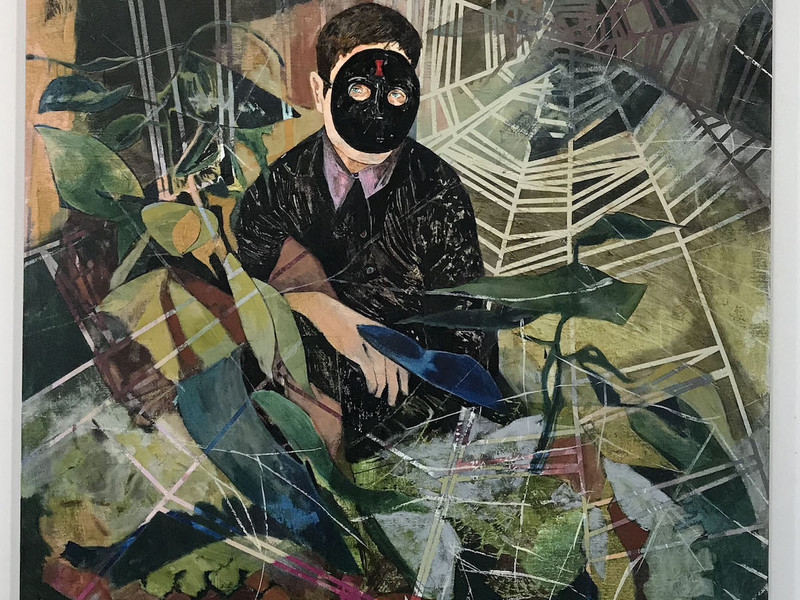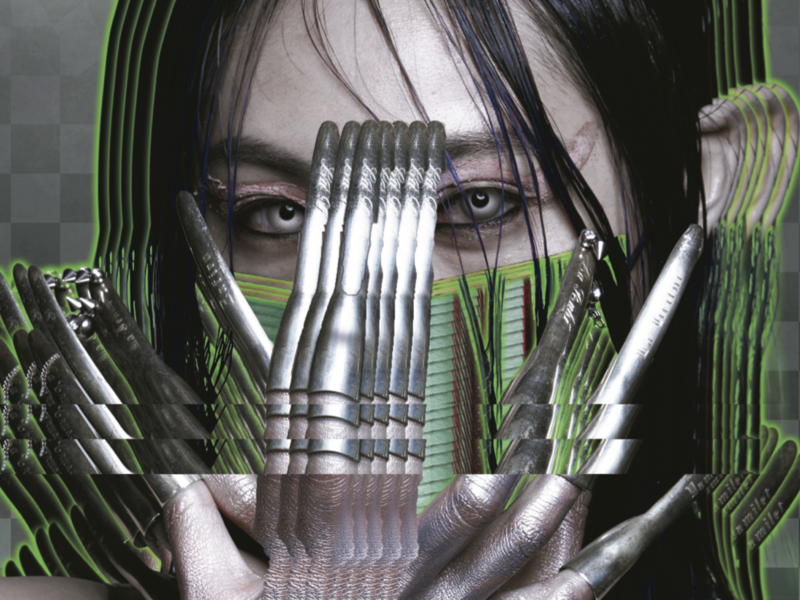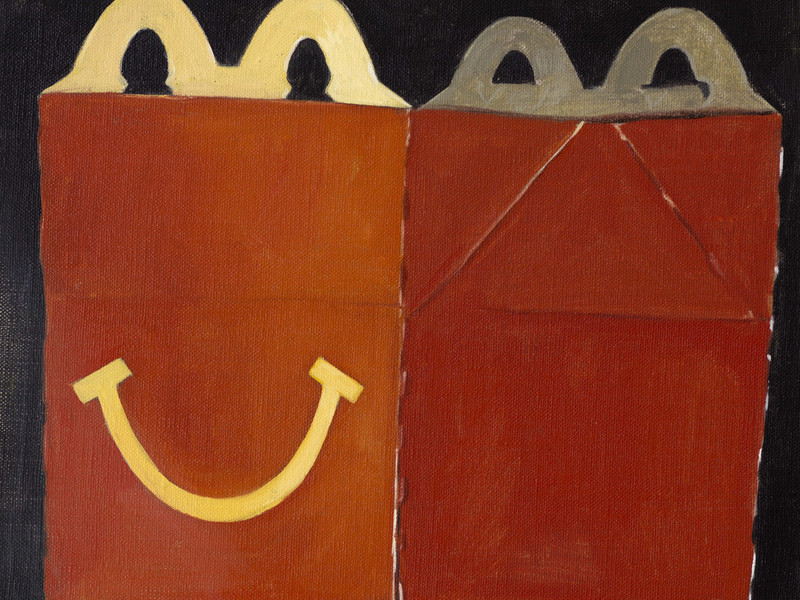office sat down with the multi-medium artist to discuss the poetry, defying stereotypes, and more, below.
This is your second solo exhibition, which departs from your first with the addition of certain aesthetic decisions, such as a novel color palette. How did this exhibition build off of the last?
For this body of work, I was definitely interested in still portraying us in all of our monumentality, our divinity, our poise, and our courage. But I'm also interested in the disarticulation of the body lately — us shattered or broken, exploring the hunger for a new language in politics. And how that requires us to dance within the cracks to compose and figure out ways beyond the coherent politics that we have right now.
As far as subjects, you focus on multiple different ones for this exhibition. You hand-cut verso paper to portray human subjects as well as fragmented vessels. How do these subjects further convey the message behind this exhibition?
Most of the vessels portrayed in the show, and the ones that I work with at large, are Southeast Asian vessels from museum collections around the world. I save the image and I liberate them or repatriate them in my own way, by shattering them. The thing that started this entire body of vessel work was how difficult it was for me to find Vietnamese vessels in museum collections. I stumbled upon so many stories about discovering shipwrecks and how many Vietnamese ceramic pieces had just been lost to the ocean. At first, I was so devastated because I felt like I was being denied access to history. But now, I kind of love this idea that they've escaped capture. They have found a new life underwater. They will no longer be cataloged and mislabeled. In some ways, being lost is liberation.
But regardless of whether or not I'm working with vessels, the human figure, or a combination of both, I'm interested in breaking away from the history of Orientalism. I think something that's really shaped the show and the newer directions of my work, is that the biggest given is being misunderstood. And the impossibility of fully getting to know someone, like even my own partner. We've been together for over eight years, but as deeply as we love and know one another, I'll never fully understand his narrative or his perspective. And instead of taking misunderstanding as a handicap per se, I think what I'm starting to view it as is a possibility to reinvent ourselves in every single situation. Like even when someone mispronounces your name, it reminds you of all the ways that you can be named or the ability to rename yourself. I think that goes back to this need for reassemblage and my hunger for abstraction these days.
I think it's definitely true that misunderstanding can actually bring further clarity. You have an intuitive sense of beauty in that your portraits highlight even the most minute details of your subjects, such as tattoos or unique body markings. What does an uninhibited sense of beauty look like to you?
An uninhibited sense of beauty for me acknowledges that we are past, present, and future. That we carry our ancestors whenever entering a room and we are building for future generations on a daily basis. I've been thinking so much about that, even in relation to fashion. I think this relates to beauty — what I love about fashion or self-fashioning is that every single day, we wake up and we decide which mirror to look into. And that framework changes as we continue to develop. While some may consider fashion the epitome of capitalism or too consumeristic, I truly believe in its power and also the fact that it's one of the most gorgeous ways to track the archive of being and existing. Fashion, adornments, tattooing, piercings — they speak of our values, who we are, and the geographies that we belong to. So I think another part of beauty for me lately is just understanding how porous and vulnerable we are as humans. I've been taking my dog on a lot of walks into local nature preserves and wetlands and we always see frogs, birds, and all sorts of creatures. I actually see myself so much more in those creatures than in other humans. So maybe for me, slowness is beauty. Understanding that we each go through our own seasons is beauty. All of us are capable of reinvention and queerness on the daily.
There's beauty in the fact that you can present yourself to the world in whatever way you want, and it might be different tomorrow but that’s okay. Through carving out space for others, literally and metaphorically within your craft, is there a heightened clarity you have reached when it comes to your identity? Who was Antonius before this exhibition, and who are you now?
It's always such an honor and joy for me to portray people, especially when I get to work with friends and family members. As I might have mentioned, this is probably my fifth or sixth portrait of Nu, and in this show, I got to portray them with one of their lovers. When I sent them the image of the finished work they went, 'Whoa, that's how I see myself post-top surgery.' They're preparing for top surgery in September, and it was so amazing that I could play a small part in their own self-actualization. That's more than I could ever ask for. If anything, I am just overwhelmed with gratitude to be sharing this lifetime with people who each exude a light, which I wish to also omit in this lifetime. The way that they dazzle, radiate, dance, write, each of them are artists in their own right. And it reminds me that I have no limits to my own practice. Because each of us is a product of one another, I am capable of what they provide for the world.

